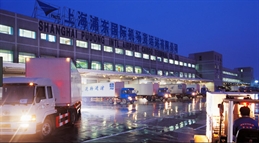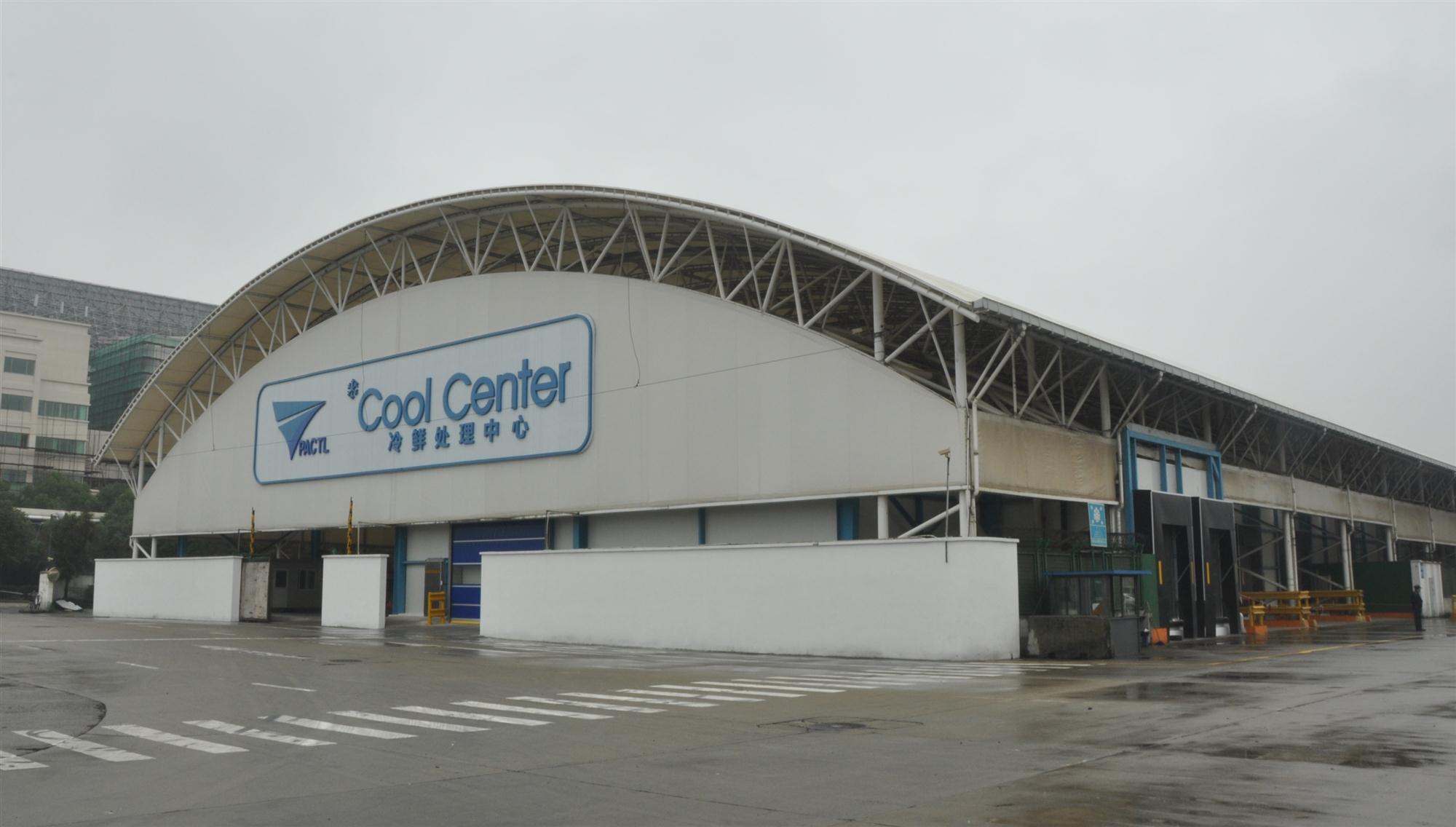
Having settled into his new role as vice president of Shanghai International Airport Cargo Terminal Co., Ltd., Christian Haug is now working hard to achieve three major objectives.
“The foundation of PACTL will always be Pudong and having a successful business case there,” says Haug, who took over in December 2016. “The key goal for me is to maintain that and to improve the result with regard to safety, reliability, quality and finance.”
When PACTL launched its Cool Center for temperature-sensitive cargo in April 2016, Haug was still responsible for sales and handling in central and northern China at Lufthansa Cargo, which holds a 29% stake in PACTL and is one of its customers, but he says that he fully supported it from the beginning.
“With the high demand for perishables such as seafood, chocolate and ice cream, there was a huge need for a facility like that,” he says. “What PACTL had before was a general freezer and cool room, but it was just part of the storage process. With the Cool Center and everything around it, we cover the entire process chain at Pudong for import and export, which is a huge improvement compared to before.”
According to Haug, the first year of operations has been smooth and all expectations have been fulfilled.
“We were happy with the successful project implementation so we don’t have any issues on the technical side,” he says. “The most important thing for us with a RMB35 million (US$5.1 million) investment like this is that your customers are happy – and they are. We’re also proud that it’s the first to be CEIV-certified in Asia Pacific. It will take some time before we have a successful financial result with it, but we see it as part of the entire service. We can handle that because we have the volumes and economies of scale, and we believe it’s the only way to keep our customers happy.”

The second of Haug’s main objectives revolves around automation and digitization.
“I’m a big fan of this and I’m working on this already with my team in the production department to not just talk about e-freight but to really implement it,” he says. “I know it could take about a year or so, because there are so many different stakeholders involved and everybody has their own agenda.”
Thirdly, PACTL wants to export its name, reputation and scope of business beyond Shanghai Pudong.
“We’re looking into projects where can work together with partners, airlines, airport authorities and so on, to have other PACTL facilities elsewhere in China and also in other parts of the world,” Haug says. “It doesn’t really matter where. We’re looking at several places, but it has to be a cultural fit and the potential has to be there. It’s not necessarily easier within China because there are cultural and political factors to consider, for example.”
In November 2016, PACTL went ahead and put this into motion by signing an agreement with Nantong Airport, located about 130km to the northwest of Shanghai, to set up PACTL Nantong Xingdong Airport Cargo Terminal Co., Ltd., a joint venture which would provide handling services to airlines and forwarders.
“Nantong wants to become a third Shanghai airport because it’s very congested here in Shanghai,” says Haug. “In the peak season it’s rather difficult to get extra slots for freighters into Pudong. Nantong is very close to Shanghai and by connecting the customs authorities together, we can offer the airlines the option to fly into Nantong, and then feed and defeed. That’s one idea we’re working on. First of all we have to get the infrastructure ready, but I think by the end of this year or the beginning of 2018 it could work as a backup for Shanghai and an offline station for airlines that operate at Pudong.”
Nantong currently only handles a small volume of cargo, most of it mail. Plans are in place for a new cargo area as well as a facility dedicated to e-commerce. While the runway is capable of accepting freighters, Haug says that PACTL will have to look very closely at the infrastructure to make things work.
“It’s a good chance for us at PACTL to look outside our box of handling classic pure airmail and to get more and more involved in the e-commerce process,” he says. “This is a blessing for us, to be able to try the experience on a smaller scale. With the strong customs authorities in Shanghai, it’s a bit difficult to have the simplified procedures that you have at Hangzhou or Shenzhen, for example. So we’re using Nantong as a first investment and a little experiment. We’re only a small part in the process chain but we want to do more.”
The Nantong project gives PACTL an opportunity to test the e-commerce waters because it has the luxury of seeing and analyzing the flow of the cargo. The company will also be able to take advantage of its large network and talk to a wide range of people to gather more detailed information so that it can have a clearer picture as to what it should be doing with the fast-growing segment.
“When things slowly begin to work in Nantong, we can then begin to think about Shanghai or even outside China, but even then I think it will only be one or two niches within e-commerce,” he says. “It sounds nice to say that you’re heavily involved in e-commerce, but if at the end of the day you’re burning a lot of money, I don’t think it makes much sense.”
By Jeffrey Lee
Asia Cargo News | Shanghai



